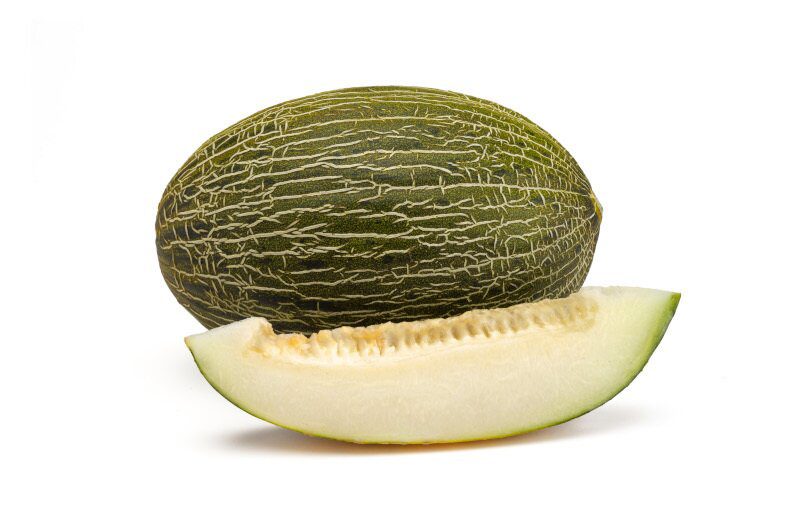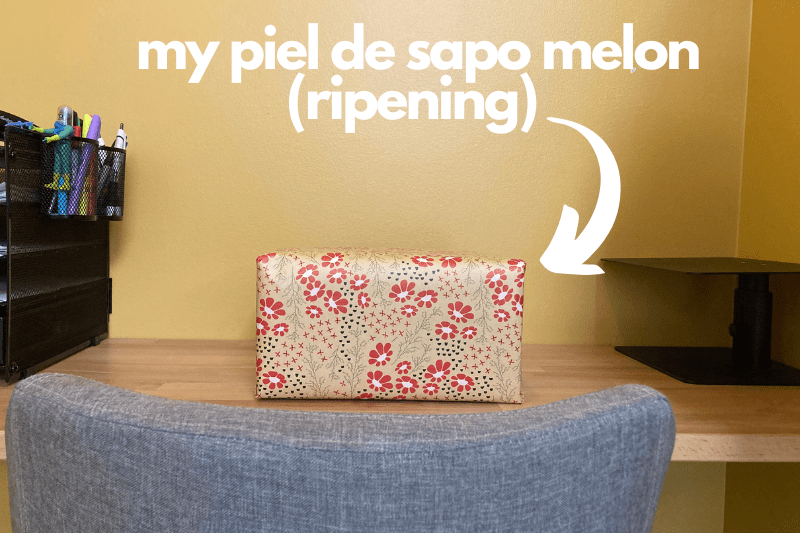Welcome back to another Midweek Musing; a recurring introspective journey into the world of produce, expressed with a uniquely humorous style that can only be described as groundbreaking offbeat. However, today I’m just not feeling it. In the vast realm of flavorful exuberance, I’ve been tasked by a fellow co-worker to explore a unique item in our shop: Piel De Sapo Melon.


Let’s get the obvious out of the way. Yes, Piel De Sapo is Spanish for frog skin. The name may sound ridiculous but it’s a very apt description of the melon’s outer rind, splotchy green with bumpy ridges. It’s the same kind of literal descriptor that would have you call a walrus a ‘saber-toothed seal’ and refer to soccer as ‘football’ (complete insanity, I know!). The flesh inside is white and resembles any other melon’s physical consistency. Its sweetness is just ok.
As a writer, I should be able to offer a better description of its flavor so let me offer this analogy: Imagine you’re a melon in a world full of anthropomorphic melons. You’re currently a senior at Melon High School and it’s prom season. Piel De Sapo asks you to prom, but you tell him that you’re waiting for Watermelon, captain of the Melonball team to ask you. Piel starts to get defensive and reminds you of that time in the 4th grade when you kissed him on the cheek at recess. You remind him that you were just kids at the time and that it still doesn’t entitle him to anything. You tell Piel that you’ve been feeling uncomfortable being friends with him ever since he made a fingerpainting of you on a cafeteria table using baked beans last semester. “I was just trying to show you how I feel about you! I’m sorry if the way I show my emotions isn’t socially acceptable by your standards,” he replied. This conflict causes you two to slowly drift apart. You both go away to different Melon Universities and never speak to each other again.
…and that is what a Piel De Sapo tastes like.

During my time there, I uncovered the truth behind the name “Santa Claus Melon.” While the melon’s association with the holiday season holds true, its actual place of origin is quite different. Remember that distinctive green frog skin that might have seemed like a beastly curse to the melon? Surprisingly, that skin acts as a dense vacuum seal contributing significantly to the fruit’s prolonged freshness and unhurried ripening. The Piel De Sapo melon is a late-season crop, with a harvest that extends as late as October. Thanks to its impenetrable skin and the later harvesting period, even at room temperature the Piel De Sapo melon retains its freshness exceptionally well, lasting from October till the end of the year.


